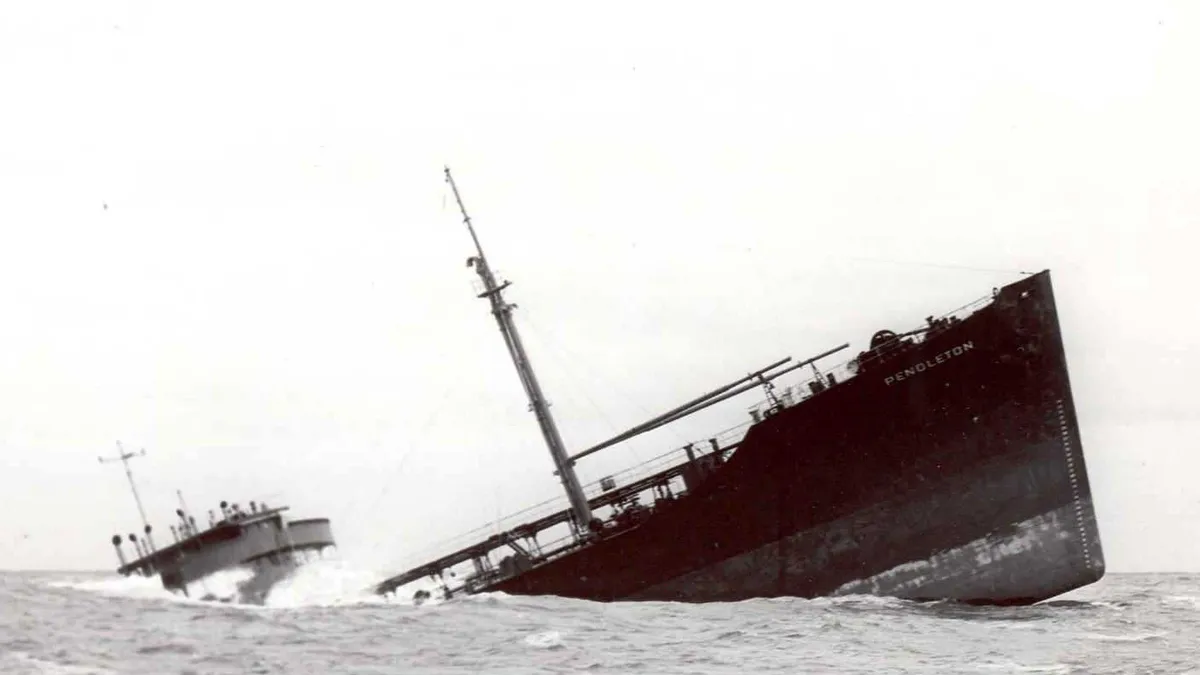Dive Brief:
- Rickmers Maritime, blaming market conditions for its struggles, sought stakeholder support to restructure $73.21 in current debt and almost $180M of senior debt, during a presentation to stakeholders last week. The main purpose of the debt restructure is to avoid company liquidation.
- Auditors PricewaterhouseCoopers, in their 2015 annual report, raised questions about the company’s ability to maintain itself as a going concern. Rickmers Maritime hopes that the debt restructure can be executed quickly to avoid further financial losses and refocus the company on operations and growth.
- Rickmers Maritime claims that charter rates are at an all time low and the current operating environment is one of the worst in history. In addition, their operating expenses were made higher due to vessel repositioning, underutilized ships, and increased idle time.
Dive Insight:
The recent and sudden bankruptcy of South Korean carrier Hanjin Shipping should be a wake-up call for all supply chain managers regardless of their preferred containership carrier. Their freight is in jeopardy because their carriers are in jeopardy. It seems that shippers are increasingly rolling the dice, fingers crossed, that their freight makes it port. That’s not a way to run a business.
Sadly, Hanjin Shipping may just be the tip of the iceberg when it comes to the financial health of cargo vessel firms. Hanjin Shipping’s banks lost faith in their ability to meet their obligations, and that will cause other financial institutions to begin questioning the operations of carriers in their portfolios. This is a high profile issue and you can be sure the finance sector is working to assess and mitigate their risk in this area. Supply chain managers need to certainly do the same, and with the same urgency.
We have learned from the Hanjin Shipping debacle that once financing fails, a company immediately ceases operations, leaving freight in limbo. Hanjin Shipping’s vessels still have not all arrived in ports. The risk for all shippers increases as the distance between ports increases. In a matter of weeks a carrier thought stable upon loading might suddenly be in danger of discontinuing operations before unloading, stranding your freight far away from its destination.
Proactive supply chain managers need to immediately ascertain the financial health of every link of their logistics chain, including cargo vessels, trucking companies, and shore side services. Consider also that the carriers in sound financial health today already have existing and excellent customer relationships and may not have the capacity, or need, to accept your business. The downstream effect of these issues on customers will be enormous. It is time for those professionals in the supply chain to step up to assess, identify, and mitigate their risk.













